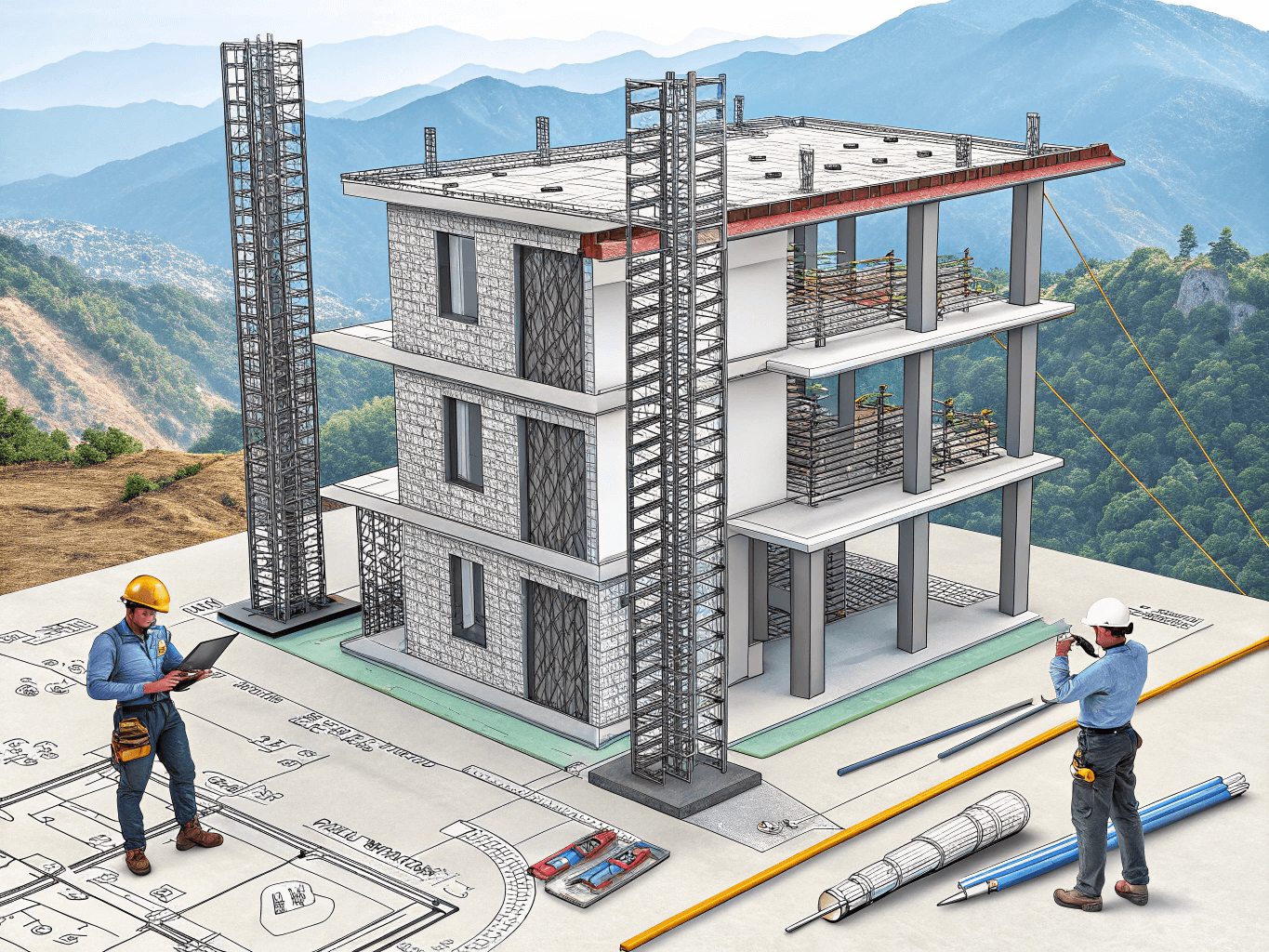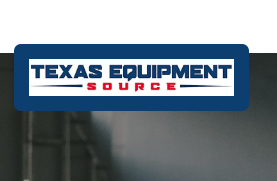In a country like India, where many regions fall under seismic zones, building structures that can withstand earthquakes is not just important — it’s essential. One of the most critical components in earthquake-resistant construction is the TMT bar. Known for their strength and flexibility, TMT bars (Thermo-Mechanically Treated bars) form the backbone of safe structural design in seismic-prone areas.
In this blog, we explore why TMT bars are vital for earthquake-resistant buildings, how they perform under seismic stress, and what to look for when choosing the right steel reinforcement for your project.
Understanding Earthquake Forces
Before we delve into how TMT bars help, it’s important to understand how earthquakes impact structures. During seismic activity, ground motion causes a building’s base to move in different directions. This creates tensile and compressive forces throughout the structure. If a building cannot absorb or redistribute these forces, it may crack, collapse, or suffer severe damage.
What Makes TMT Bars Ideal for Earthquake Zones?
1. High Ductility
Ductility refers to a material’s ability to undergo deformation without breaking. During an earthquake, buildings need to bend and flex slightly to absorb shock without breaking. Fe 550D and Fe 600 TMT bars, in particular, offer superior ductility, which allows them to stretch under seismic force and return to their original form once the load is released.
2. Excellent Bend and Re-bend Properties
TMT bars are manufactured using a special quenching and tempering process that ensures they can be bent and shaped as required — without cracking. This flexibility helps in maintaining the integrity of the building even when subjected to tremors.
3. High Tensile Strength
TMT bars combine compressive strength from concrete with their own tensile strength, resulting in a composite material that is resistant to both types of stress. This is a key factor in withstanding the lateral forces generated during earthquakes.
4. Strong Bonding with Concrete
TMT bars have uniform and well-designed rib patterns that firmly grip the surrounding concrete, ensuring the two materials act as one. This reduces the chances of slippage during sudden movements caused by earthquakes.
Grades of TMT Bars Suitable for Seismic Zones
The Indian Standard Code (IS: 1786) recommends Fe 550D and Fe 500D grades for earthquake-prone regions. The “D” denotes ductility, which is crucial in seismic resistance. These grades offer a balanced combination of strength and flexibility, ensuring buildings can absorb seismic shocks without structural failure.
Why Ordinary Bars Are Not Enough
Many small-scale builders still use mild steel or lower-grade bars for budget reasons. However, these materials:
-
Lack the necessary ductility
-
Have poor resistance to repeated stress cycles
-
Do not form strong bonds with concrete
This compromises the structural integrity of buildings and increases the risk of failure during an earthquake.
Real-Life Examples of TMT Bars Saving Lives
In the aftermath of several earthquakes in India and around the world, studies found that buildings constructed with high-quality TMT bars and proper RCC frameworks remained intact, while others without such reinforcements suffered major damage or collapse. This has led to mandatory use of earthquake-resistant materials in many municipal building codes.
Tips for Builders and Homeowners
-
Never compromise on steel quality. Choose ISI-certified TMT bars from reputed manufacturers.
-
Use Fe 550D or higher grades for constructions in seismic zones.
-
Follow proper construction codes and structural design guidelines.
-
Ensure adequate concrete cover to protect steel from corrosion and fire.
-
Consult a structural engineer to determine the exact quantity and placement of steel bars.
Advantages of Using Agni Steels’ TMT Bars in Earthquake Zones
At Agni Steels, we manufacture Fe 550D TMT bars that are engineered to perform in India’s most challenging seismic environments. Our bars offer:
-
High elongation for superior flexibility
-
Exceptional tensile and yield strength
-
Uniform rib patterns for excellent concrete grip
-
100% billet-based manufacturing for purity and consistency
-
ISI & ISO certifications ensuring national and international compliance
Whether you’re constructing in a metro city or a rural village within a seismic zone, Agni Steels’ TMT bars offer the peace of mind and safety you need.
Building the Future with Safety in Mind
Earthquakes are unpredictable, but the safety of a building can be planned. With modern materials like TMT bars and intelligent structural design, you can minimize risks and protect lives. It’s no longer just about building — it’s about building resilient structures that stand strong through the tests of nature.
Whether you’re a homeowner, builder, architect, or engineer, the message is clear: TMT bars are not optional — they are essential.
Final Thoughts
As urbanization continues and high-rise developments become the norm, it’s time to build not just upward, but stronger and smarter. TMT bars, particularly Fe 550D and Fe 600 grades, play a vital role in making buildings earthquake-resistant.
Don’t wait for a disaster to think about safety. Choose the right materials from the start — and when in doubt, always consult experts and certified manufacturers like Agni Steels, where every bar is built with precision, tested for performance, and trusted across South India.







0 Comments